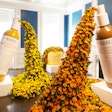From a 200-foot-long meadow of plants adorning an entire wall to neon tabletop centerpieces created by artist Richard Tuttle, there’s never been a dull decor statement at the fall benefit hosted by the Whitney Museum of American Art. That’s largely due to the fact that the responsibility for the event’s design has changed hands many times. Indeed, some of the industry’s biggest designers have masterminded the look of the art institution’s big fund-raiser, more often than not drawing inspiration from an artist or current exhibition to transform one of its floors.
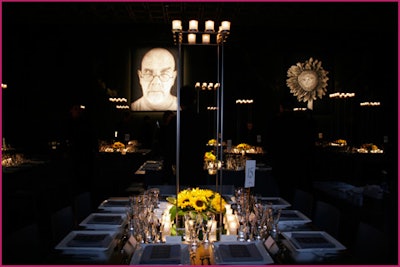
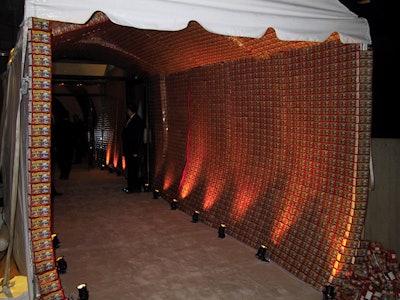
David Beahm helmed the design, building a circus concept based on Alexander Calder’s “Calder’s Circus” sculptures. A tented tunnel lined with boxes of animal crackers marked the event’s entrance. In a clear tent in the patio, strands of red, blue, and yellow lights wrapped poles.
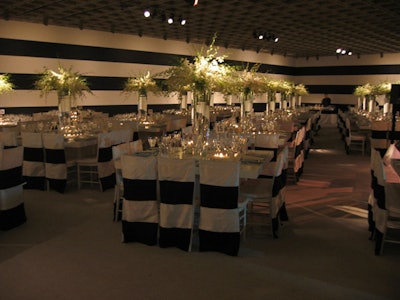
To embody the “Black, White & Whitney” theme of 2002, Colin Cowie fashioned a symmetrical half-black, half-white room, using carpeting, flowers, chair covers, and china to segregate the space.

Colin Cowie chose an all-red palette.
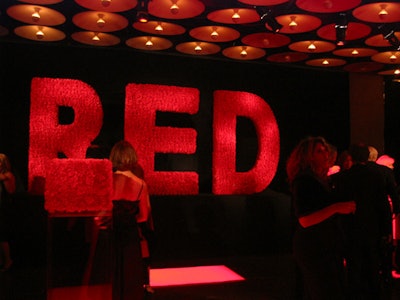
Cowie's design even spelled out the concept with giant, carnation-covered letters.
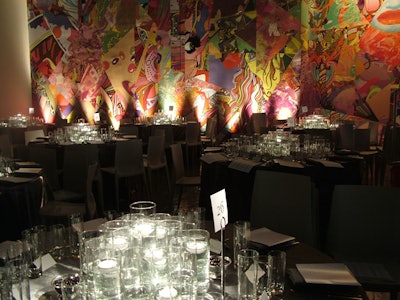
The gala was flower-free under Gill Hockett’s direction, which took a minimalist tone, save for a brightly colored mural by art collective Assume Vivid Astro Focus.
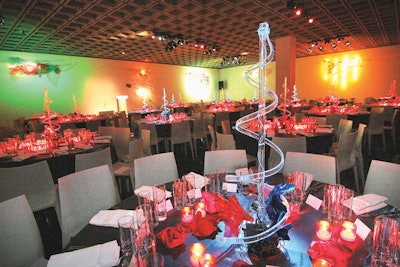
Incorporated into Gill Hockett’s design were tall swirling ribbons of blue neon light, dramatic centerpieces created by artist Richard Tuttle. To match this, the invitations specified guests dress in the Pantone Matching System color blue 630.
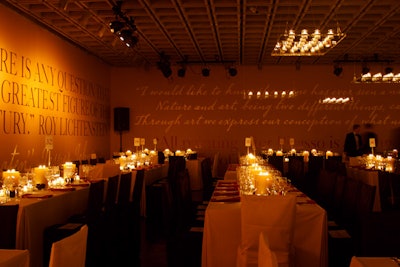
In reference to the Whitney’s “Picasso and American Art” exhibit, Antony Todd bedecked the dining room’s walls with quotes from American artists about the legendary Spanish painter, a striking look that employed various fonts, sizes, and colors.

Geoff Howell designed and produced the gala honoring Chuck Close, filling the museum galleries with the artist’s large black-and-white tapestries and using texture and shades of gray to balance out the rest of the room.
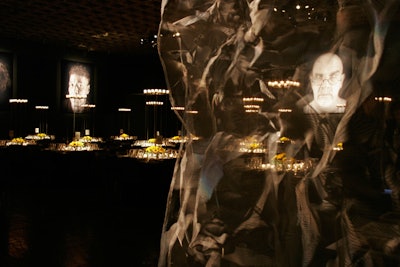
Crumpled curtains of metal mesh and mirror-topped tables gave the decor a reflective quality.

Taking his cue from artist Yayoi Kusama’s mirrored infinity boxes and the gala’s “Past, Present, and Future” title, David Stark created the illusion of infinite space by lining the walls of the dining area with purple-hued mirrors.
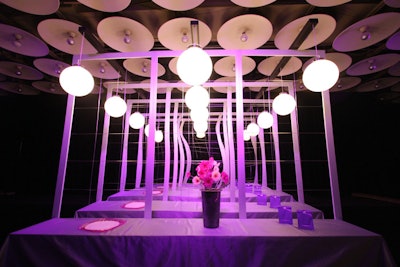
Floral arrangements were replaced with glowing light boxes filled with slide sheets and colored gel squares, and artist Beth Campbell created an installation in the lobby that used light and mirrors.
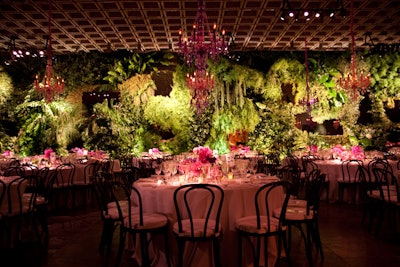
Bronson van Wyck transformed a blank gallery wall into a screen of greenery with thousands of pounds of ferns, mosses, grasses, and leaves.
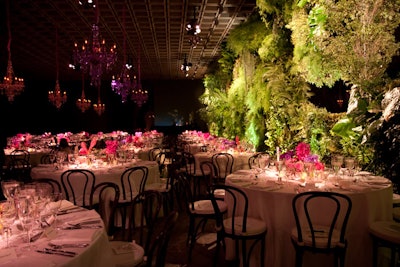
To complement the fuchsia centerpieces of orchids, garden roses, dahlias, and ranunculus, gaps in the Garden of Eden-inspired wall revealed silver, gold, bronze, pink, and platinum mirrors that reflected the scene.
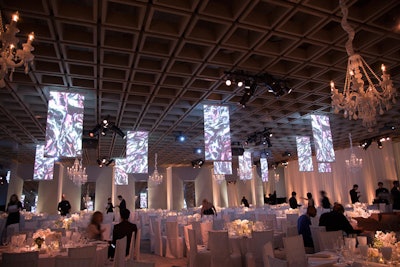
Once again produced by van Wyck, the gala offered a crisp, all-white aesthetic, which, in the dining room, was punctuated by projections of video from new-media artist C.E.B. Reas. The colorful imagery shone on 16 custom-matted screens hung from the ceiling of the museum’s third-floor galleries.

Guests at the post-dinner reception experienced "Engine 26," a digital painting project by Daniel Hirschmann commissioned by gala sponsor AOL.

















